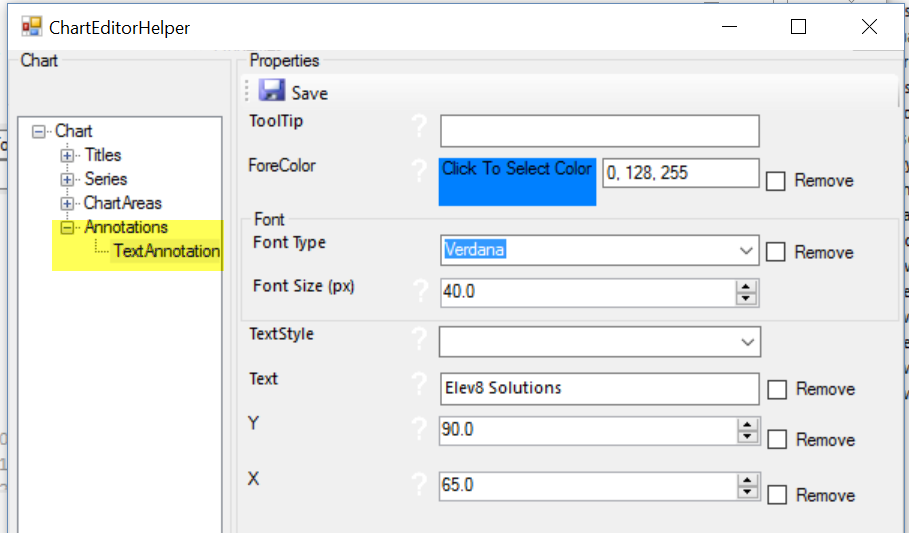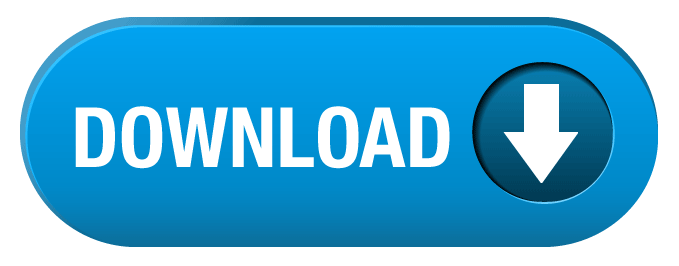If you are working in the online environment where authentication requirements have started to shift towards the MFA, you might be noticing that tools like XrmToolBox (or even the SDK itself) are not always that MFA-friendly.
Get XrmToolBox if you haven’t yet, connect to your lovely organisation and get the Metadata Browser tool (special thanks to the awesome Tanguy who created it). Search for your entity name, your prefix or what ever and scroooooll til the E’s and you’ll find EntitySetName. Now, let’s connect XrmToolBox to the Dynamics 365 environment. Connecting to Dynamics 365 using the XrmToolBox. Let’s see what steps you need to follow in order to connect to the Dynamics 365 instance. Open XrmToolBox and create a New Connection. Now, since you are aware that the environment is MFA enabled, select MFA/OAuth method. By default, XrmToolBox is using your roaming profile to store files like tools, connections, logs, settings, etc. These files are available in the folder C: users yourlogin appData roaming MscrmTools XrmToolBox, or using the environment variable,%APPDATA% MscrmTools XrmToolBox.
XrmToolBox is a Windows application that connects to Dataverse, providing tools to ease customization, configuration and operation tasks. It is shipped with more than 30 plugins to make administration, customization or configuration tasks easier and less time consuming.
To begin with, MFA is always interactive – the whole purpose of multi-factor authentication is to ensure that you are who you are, not just somebody who managed to steal your username and password. Hence, there are additional verifications involved – be that an SMS message, an authenticator app on the phone, or, if you are that unlucky, a custom RSA token validation.
There are different ways to bypass the MFA.
If your organization is willing to relax security restrictions, you might get legacy authentication enabled, so you would be able to get away authenticating the old way – by providing a login/password within the connection string. Having had some experience with this, I think this solution is not quite viable. Security groups within the organizations will be cracking down on this approach, and, sooner or later, you may need something else.
Besides, MFA is not, always, Azure-based. In the hybrid environments where authentication is done through the on-premise ADFS, there could be other solutions deployed. Apple laptops & desktops driver download for windows 10. To be fair, having to figure out how to connect XrmToolBox to the online org in this kind of environment is exactly why I ended up writing this blog post.
But the final explanation/solution is applicable to the other scenarios, too.
To be more specific, here is the scenario that did confuse XrmToolBox to the point of no-return:
It was all working well when I was connecting to CDS in the browser, but, as far as XrmToolBox was concerned, somehow it just did not want to work with this pattern.
The remaining part of this post may include some inaccuracies – I am not a big specialist in OAuth etc, so some of this might be my interpretation. Anyway, how do we make everything work in the scenario above?
This is where we need to look at the concept of OAuth applications. Basically, the idea is that we can register an application in the Azure AD, and we can give permissions to that App to use Dynamics API-s:
This would be great, but, if we wanted to bypass all the 2FA above, we would have to, somehow, stop using our user account for authentication.
Which is why we might register a secret for our new Azure App. However, application secrets are not supported in the XrmTooling connection strings:

So, what was the point of registering an app you may ask?
There is another option where we can use a certificate instead, and you may want to have a look at the following page at some point:

If you look at the samples there, here is how it all goes: Drivers brunen it laptops & desktops.
It’s a special AuthType (“Certificate”), and the whole set up process involves a few steps:
- Registering an application in Azure AD
- Uploading a certificate (I used one of those I had in the certificate store on my windows laptop. It does not even have to be your personal certificate)
- Creating an application user in CDS
- Creating a connection string for XrmToolBox
To register an app, you can follow one of the links above. Once the app is registered, you can upload the certificate – what you’ll see is a thumbprint which you will need to use in the connection string. Your XrmTooling client, when connecting, will try to find that certificate on the local machine by the thumbprint, so it’s not as if you would able to use the thumbprint (as a password) without the certificate.
While trying to make this work, I’ve uploaded a few certificates to my app, so here is how it looks like:

What’s that with the application user in CDS? I think I heard about it before, I just never realized what’s the purpose of this. However:
- Application users are linked to the Azure applications
- They do not require a license
How do you create one? In the CDS instance, go to Settings->Security->Users and make sure to choose “Application Users” view:
Surprisingly, you will actually be able to add a user from that view and the system won’t be suggesting that you need to do it through the Office admin center instead. Adding such a user is a pretty straightforward process, you just need to make sure you are using the right form (Application User):
For the email and user name, use whatever you want. For the application ID, make sure to use the actual application ID from the Azure AD.
Don’t forget to assign permissions to that user (in my case, I had to figured I’d have that user as System Admin)
Once you have reached this point, the rest is simple.
Go to the XrmToolBox and start creating a new connection. Make sure to choose “Connection String” option:
Set up the connection string like this (use your certificate thumbprint and your application’s appid):
Click next, give that connection some name, and voila… You should be able to connect without the MFA under that special application user account now.
-->Note
Cambridge silicon radio others driver download for windows 10. Effective November 2020:

- Common Data Service has been renamed to Microsoft Dataverse. Learn more
- Some terminology in Microsoft Dataverse has been updated. For example, entity is now table and field is now column. Learn more
This article will be updated soon to reflect the latest terminology.
See Full List On Nuget.org
The Power Apps community creates tools!
Many of the most popular ones are distributed in the XrmToolBox. XrmToolBox is a Windows application that connects to Dataverse, providing tools to ease customization, configuration and operation tasks. It is shipped with more than 30 plugins to make administration, customization or configuration tasks easier and less time consuming.
Important
Tools created by the community are not supported by Microsoft. If you have questions or issues with community tools, contact the publisher of the tool.

The following is a selected list of community tools distributed via the XrmToolBox that you can use with Dataverse.
| Tool | Description |
|---|---|
| Attribute Manager | Used to rename/delete/or change the type of the column. |
| Early Bound Generator | Generates Early Bound Tables/Choices/Actions. Uses CrmSvcUtil from the SDK, and shows command line used to create the classes. |
| Export to Excel | Easily export records from the selected view/fetchxml to Excel. |
| FetchXML Builder | Create and test FetchXml Queries |
| Metadata Browser | Browse metadata from your Dataverse environment |
| Plugin Trace Viewer | Investigate the Plug-in Trace Log with easy filtering and display possibilities |
| User Settings Utility | Manage users personal settings in bulk |
Here is another tool, Chromium Metadata Browser, that lets you browse metadata such as tables, columns, relationships, choices of Dataverse environments. It works with Microsoft Edge and Google Chrome browsers.
Note
Download Xrmtoolbox
Can you tell us about your documentation language preferences? Take a short survey.
Xrmtoolbox For Mac
The survey will take about seven minutes. No personal data is collected (privacy statement).
